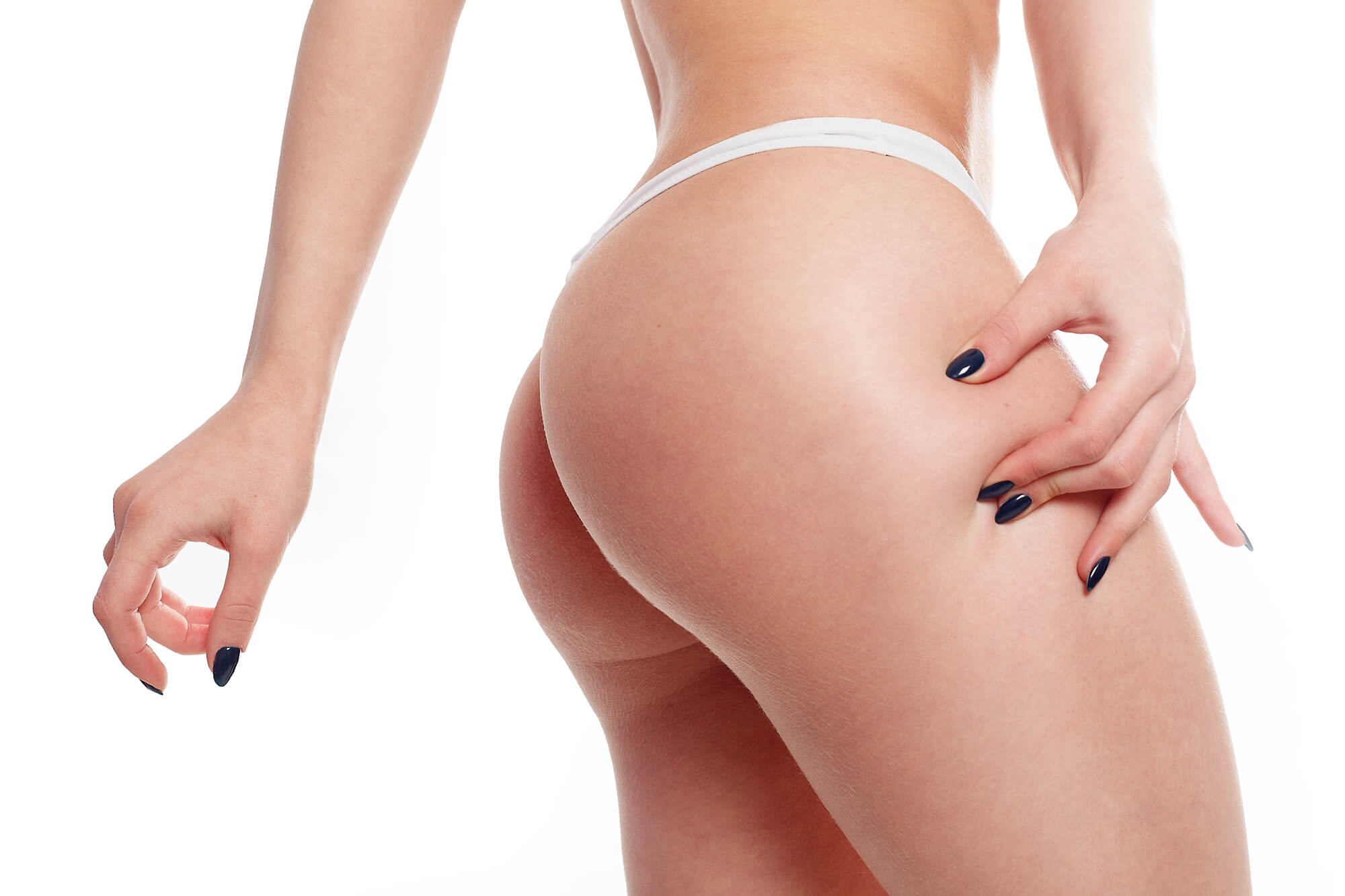
Not every wish leads to the same procedure. Some people want fullness. Some want shape. Others want lift without added volume. Your goal shapes everything. It decides whether you need fat transfer, implants, skin tightening—or none of these. That’s the first question to ask yourself. Not what looks good online. Not what someone else chose. But what you see in your mirror and what you want to change.
A Brazilian butt lift (BBL) isn’t the same as a surgical lift. Implants aren’t the same as fat grafting. Some goals need more than one method. Others need something less. That’s why your surgeon doesn’t just look at your body. They ask about your vision. What you want, why you want it, and how you want to feel. There’s no standard answer, because bodies aren’t standard. And good outcomes come from clarity—not assumptions.
If you want more definition, but not a bigger size, fat grafting might not help. If you want projection but don’t have much fat, implants might make more sense. If your skin is loose from weight loss, a surgical lift without volume may be the best choice. Knowing your goal early sets the tone for everything that follows—from consultation to recovery.
Am I a good candidate for this procedure right now?
Readiness isn’t just about desire. It’s about timing. It’s about stability—your weight, your health, your expectations. Are you at or near your ideal weight? Do you smoke? Do you have any chronic illnesses? Are you on medications that affect healing? These details matter. Because surgery doesn’t just reshape your body. It asks your body to respond, to heal, to recover.
Fat grafting requires enough fat. That sounds simple, but many people overestimate how much is needed. The fat needs to be taken safely, processed carefully, and injected with precision. Not all of it survives. If you’re very lean, you might not have enough for a BBL. A lift might still be possible, but it would require a different plan. Your surgeon will measure this—not just by sight, but by touch and proportion.
If your skin is too tight, adding volume could cause pressure. If your skin is too loose, it may not hold the shape. These things are discussed in your first meeting. That’s why asking about candidacy matters. Not just to get a yes—but to understand the why behind that answer. Good candidates aren’t perfect—they’re informed, realistic, and ready.
If you’re still losing weight, wait. If you’re recovering from childbirth, wait. If you’re unsure what you want, wait. Surgery is permanent. And bodies change fast. A delay now can save you from regret later. The best time is when both your body and your mind are clear.
What technique is being recommended, and why?
There’s more than one way to shape a body. A BBL uses liposuction to collect fat from places like your abdomen, flanks, or thighs. That fat is processed, then injected into the buttocks. It creates roundness, projection, softness. It’s popular. But it’s not right for everyone.
A surgical lift doesn’t use fat. It removes extra skin and lifts tissue upward. It’s often done after major weight loss or aging-related sagging. It creates tightness, not volume. The scar is longer. But for some bodies, it’s the only way to get real lift.
Implants are another option. They create size and shape without needing fat. They’re placed under or within the muscle. They come with risks—shifting, infection, rejection. But in the right hands, they create dramatic results. For lean patients, they may be the only choice.
Some procedures combine methods. Liposuction to contour. Fat to fill. Skin removal to lift. The combination depends on your goals, anatomy, and history. That’s why you ask: What technique are you recommending—and why?
You’re not just trusting the surgeon’s skill. You’re trusting their judgment. Understanding the method helps you accept the process, the scars, the outcome. It helps you know what’s realistic, what’s possible, and what’s smart for your body—not someone else’s.
What will recovery actually look like for me?
Every surgery has a timeline. But yours won’t follow someone else’s clock. Recovery is personal. It depends on your procedure, your health, your job, your home life. That’s why you need to ask, “What should I expect—specifically?”
You won’t be able to sit normally for at least two weeks. Maybe longer. Special pillows can help, but you’ll need to lie on your stomach. Sleeping might feel awkward. Walking may be stiff. Swelling will come and go. Bruising is common. The full result won’t show for months.
Compression garments are worn every day. They reduce swelling. They help the skin adhere. But they can be hot, tight, frustrating. Massages may be required. Especially after a BBL. They help move fluid, reduce stiffness, improve shape. But they’re not always pleasant.
Going back to work depends on what you do. Desk jobs might require extra support. Jobs that require movement might need more time off. Ask your surgeon what’s realistic—not ideal. Ask what complications they’ve seen during recovery. Ask what warning signs to watch for.
Recovery isn’t just physical—it’s mental. You’ll look swollen. Lopsided. Different. The result takes shape slowly. That’s normal. But it helps to be ready. Prepared minds heal better.
What risks should I really be aware of?
All surgery comes with risk. But some risks are unique to butt lifts. Especially fat grafting. The biggest risk? Fat embolism. If fat enters a blood vessel, it can travel to the lungs or heart. That’s why technique matters. Only experienced surgeons should perform BBLs. And only using safe, proven methods.
Other risks include asymmetry. Irregular texture. Fat loss. Some of the transferred fat won’t survive. That’s expected. Overcorrection or under-correction can happen. Implants may shift. Infections may develop. Skin can lose blood supply. Especially if tension is too high or fat is placed poorly.
Ask your surgeon how they prevent complications. Ask how many procedures they’ve done. What their revision rate is. How they monitor safety. How they decide how much fat to transfer. These aren’t rude questions. They’re smart ones. They show you’re engaged. Committed. Ready.
Ask what happens if the result isn’t what you expected. What your options are. Whether revisions are included. Whether touch-ups cost extra. Planning for the “what if” doesn’t make you negative—it makes you prepared.
A safe result starts with a clear conversation. And good questions lead to better outcomes.
